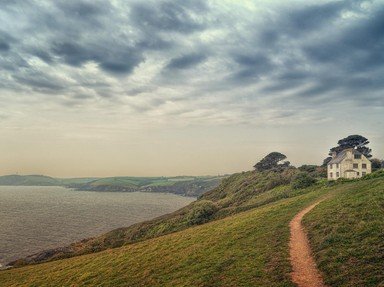Quiz Answer Key and Fun Facts
1. In Plymouth, who, or what, is the Four-Faced Deceiver?
2. A famous writer briefly practised medicine in Plymouth in 1882. Who was he?
3. In 1815 a Royal Naval vessel in Plymouth Sound had the ex-Emperor of France, Napoleon Bonaparte, on board. What was the name of the ship?
4. A famous/notorious seaman came from a Plymouth family. Despite, as a Lieutenant, having his ship seized from him in a mutiny, he had a long and distinguished Naval career, ending as a Vice Admiral. Who was he?
5. One of the oldest buildings in Plymouth is a distillery in Southside Street on the Barbican. The alcoholic drink they distill is famous all over the world. What is it?
6. In 1966 an English sailor, Sir Francis Chichester, made the first solo circumnavigation of the world, starting out from Plymouth. What was the name of his boat?
7. One of the great courtesans in Paris at the time of Napoleon lll claimed to have been born in 1842 in Caroline Place, East Stonehouse, Plymouth. Her real name was Elizabeth Crouch, but what was her 'professional' name?
8. There was once an RAF Station in Plymouth called Mount Batten. Originally called RAF Cattewater, after the part of the Sound where it was based, it was a Flying Boat station. A very famous aircraftsman was based there in the 1930s. Who was he?
9. Buckland Abbey, not far from Plymouth, was once the home of Sir Francis Drake. Drake bought the property from one of his cousins who was also a great seaman who went to war against the Spanish. Who was he?
10. If you can remember what the old English pennies looked like before 1971, when they were replaced by decimal currency, you will know that there was a picture of Britannia on the back. She sits on a rock, and behind her is depicted a Plymouth icon. What is it?
Source: Author
invinoveritas
This quiz was reviewed by FunTrivia editor
stedman before going online.
Any errors found in FunTrivia content are routinely corrected through our feedback system.

